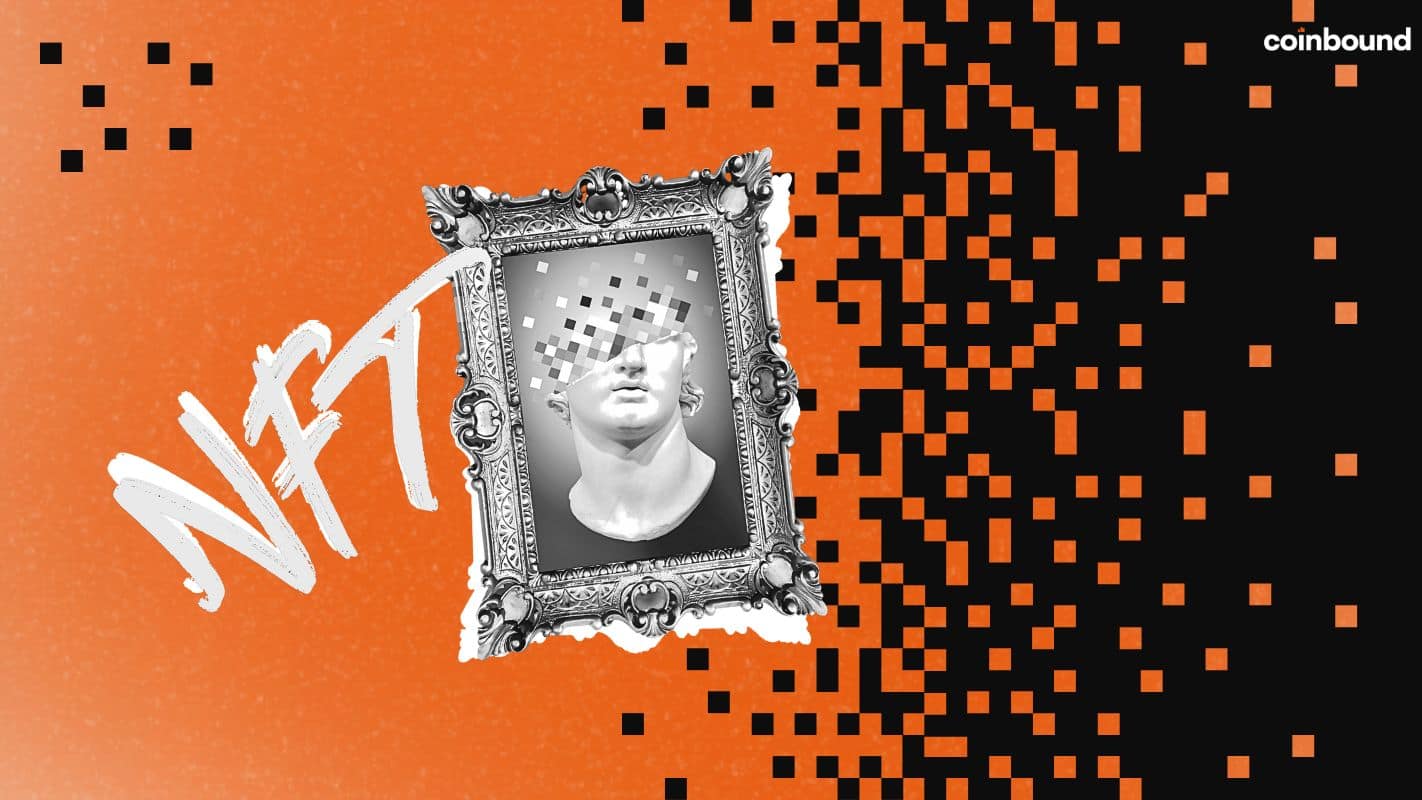Running paid ads for NFT projects isn’t hard because there’s no demand. It’s hard because most tools still aren’t built around how NFT buyers behave. Wallets aren’t directly trackable. Conversions happen on-chain. And most teams lose visibility between the ad click and the mint.
The examples in this piece come from teams that worked around the gap between the ad click and the on-chain mint, the part most platforms can’t track and most campaigns ignore. They focused on wallet-aware messaging, simplified the offer, and designed conversion paths that matched how people actually mint, even without perfect tracking.
5 Lessons From NFT Ad Campaigns That Actually Performed
High Conversion Came From Pre-Qualified Attention
The highest ROI came from campaigns that didn’t start from scratch every time. They focused on users who had already taken action: visited a premint page, clicked into a teaser, connected a wallet, or minted a previous drop.
Top teams built wallet-aware funnels that segmented users early in the journey, based on signals tied to intent — not just web traffic.
This is where the right crypto ad network made a measurable difference. Targeting based on wallet-related behavior, instead of relying solely on pixels or cookies, improved how precisely teams could time and position their offers.
Message-Market Fit Beat Visual Branding
Campaigns that led with aesthetics: cinematic trailers, 3D render reels, moodboard-style visuals, consistently underperformed unless they made one thing immediately clear: what the NFT gives you.
The ads that worked skipped the mystery. They made the offer obvious:
- “Holding this NFT gives you access to DAO revenue.”
- “This pass unlocks limited edition drops and IRL events.”
- “You’ll use this asset in-game next season.”
Even lower-production, UGC-style creative worked — because it explained the value, fast. The click-through rate didn’t matter unless the post-click flow actually led somewhere meaningful.
Also see: Top NFT PR Agencies
Wallet-Based Goals Forced Teams to Build Their Own Attribution Stack
Most ad platforms still optimize for surface-level events: clicks, conversions, maybe form fills. But NFT campaigns aren’t won there. They’re won when a wallet connects, hits a premint list, or completes a mint. And no standard ad platform tracks that natively.
The Web3 marketing teams that made paid media work built their own attribution setups. Some tracked wallet addresses from allowlist signups and manually tied them to UTM-tagged ad traffic. Others used tools like Mintfunnel as part of a broader stack, capturing UTMs on click, holding that data through the funnel, and attaching it to wallet connects when users reached the gated page. It wasn’t plug-and-play, but it was enough to see which campaigns drove mint-ready wallets, and where spend was getting lost.
Also see: Crypto Ad Network Attribution: How to Know What Actually Drove the Mint or Wallet Connect
Allowlisting Worked Better Than Discounting
NFT campaigns that used “mint now” discounts or flash pricing rarely saw strong follow-through. On the other hand, teams that created an exclusive allowlist based on referral invites, early wallet connects, or NFT holdings, had stronger mint-day conversion.
Scarcity still matters, but exclusivity won. When the ad says, “You’ve unlocked early access,” and the user actually feels it, engagement changes.
It also created a smoother post-click journey. Users were sent to a personalized page showing that their wallet was eligible, and what came next.
Web2 PPC Only Worked When the Funnel Was Built for It
Most NFT teams that ran Google or Meta campaigns burned budget fast, not because the channels were wrong, but because the funnel didn’t support the ad environment. These platforms don’t allow direct wallet CTAs, and crypto language in creative still triggers disapprovals or throttling. But a few teams made it work by adjusting the flow.
The teams that saw results used clean, policy-compliant copy that pointed to an educational or value-first landing page, not straight to mint. From there, they introduced gated access via wallet connect, explained the NFT’s benefits clearly, and captured intent over time.
What made the difference was pacing. Cold traffic on Google needs explanation. Retargeting based on on-site actions (not wallet behavior) was still viable, and teams that paired that with off-platform tools for wallet-level follow-up saw better mint-day performance than teams who rushed everything into a single ad.
Final Notes
Every strong NFT campaign shared one thing: a real system for turning paid traffic into verified wallets. Not just better targeting or prettier ads — but full-funnel setups built around wallet-level conversion, tracked outcomes, and intent-based messaging.
That system has to be more than media buying. It requires strategy, segmentation, compliance-aware creative, and tooling that works across both Web2 and crypto-native channels.
If you’re building your next mint campaign, use channels built for the space, like a crypto ad network and a funnel stack that ties ad UTMs to wallet connections.
At Coinbound NFT Marketing Agency we work with teams that can’t afford to waste ad spend on broken funnels and don’t have time to guess what’s working. Campaigns need to run clean, stay live, and bring in wallets that actually mint. That’s what we build.








